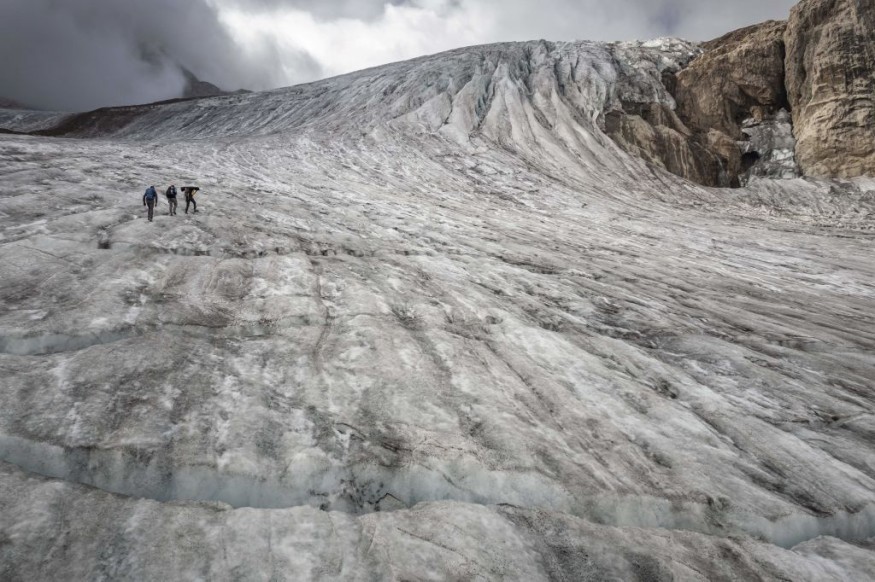The research report warned that the alarming rise in temperatures can melt below-freezing ice, raising concerns for impacts on sea level rise, communities and wildlife.
Climate change has exacerbated the impacts of global warming and rising temperatures that have contributed to the problems of sea level rise and ice melting.
As a result, researchers emphasized that ice melt can have widespread impacts on countries or low-lying areas. More communities are at risk of moderate to severe flooding.
Scientists have been studying the climate change effects and rapid ice melting, especially in Antarctica. In the latest report, researchers detected the melting concerns in below-freezing ice surfaces.
Alarming Temperature Rise And Melting Concerns

The research findings were published in the Proceedings of the National Academy of Sciences journal. The study found the premelting due to the rising temperatures. Researchers conducted a lack of experimental observations to analyze the effects of temperatures.
Understanding the premelting of ice will become helpful for mitigation efforts. The U.S. Department of Energy's (DOE) Argonne National Laboratory used imaging tools, and analyze the ice crystals below minus 200 degrees Fahrenheit.
Despite ice being challenging to image and sensitive, the new technique is helpful to capture in high resolution. The discovery indicated the premelting in the below-freezing ice.
Climate Change and Glacier Melting
Hotter temperatures and melting of ice have disastrous aftermath for wildlife. Arctic animals and rapid glacial melt are due to climate change and global warming. For instance, polar bears can make it more challenging to live, including penguins.
Sea ice is important for many animals. The lack of sea ice can affect the animal's survival. In the Greenland ice sheet, the researchers warned of the rapid disappearance of ice in the area that can increase the sea level rise.
The NOAA report also emphasized the loss of the thickest ice in the Arctic due to rising temperatures and climate change. In the Arctic, the report highlighted that the region became more farmer and wetter.
As a result, researchers emphasized the need for climate action and urgent mitigation efforts to save ice from extreme weather events and temperatures. The reduction of sea ice can be seen, and the aftermath will become devastating.
The recent report also discovered that glacial melt can influence the global weather pattern, causing deadly and destructive storms. The frequency of extreme weather events can unleash damaging impacts, especially for poorer communities.
Communities should have better forecasting and climate prediction to avoid the effects of extreme weather.
Related Article : Climate Change Causes Frequent Extreme Heat Waves, Forecast Warns
For more similar, don't forget to follow Nature World News
© 2025 NatureWorldNews.com All rights reserved. Do not reproduce without permission.





